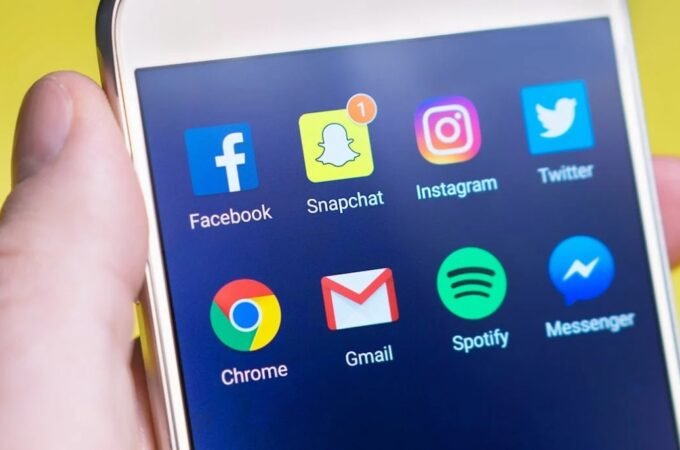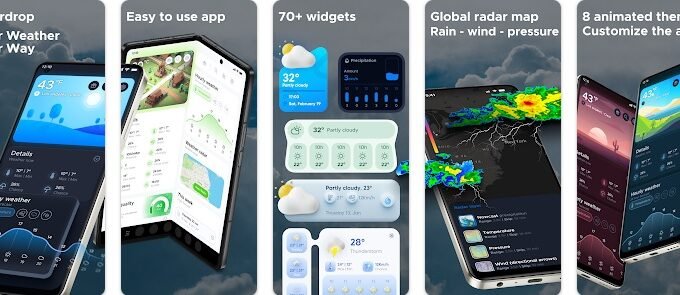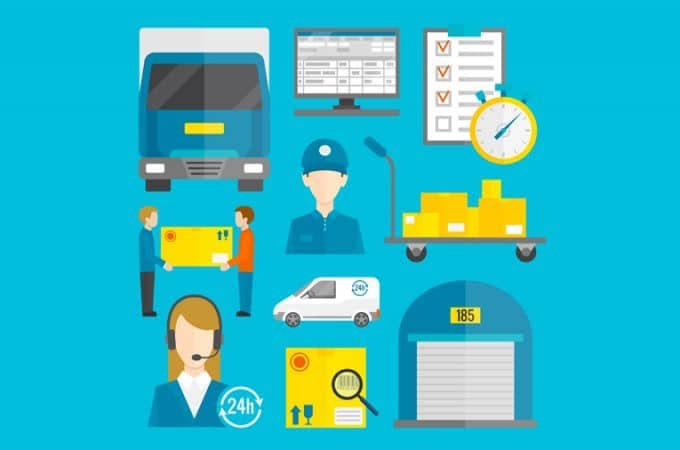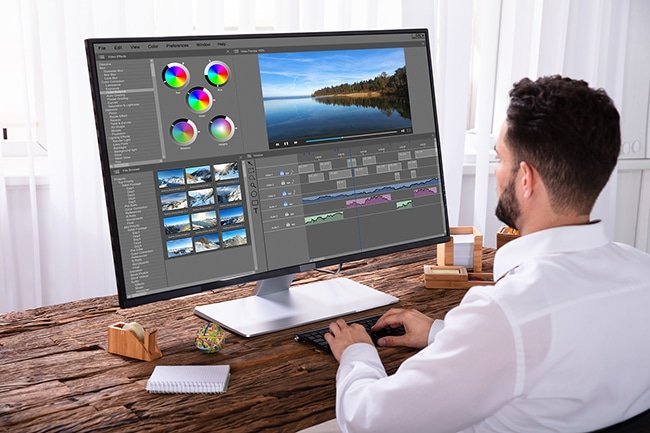
5 Healthcare Advances We Can Thank Recent Technology For
Technology has changed the way people work, shop, and communicates. Five-second commutes to home offices, same-day home deliveries, and re connections with old friends wouldn’t be possible without it.
Healthcare is something else to include in the mix of things that are changing because of tech. The ways medical professionals deliver care and interact with patients are moving toward a new level of personalization.
Healthcare is also moving outside traditional medical facilities. Remote monitoring and tests, electronic health records, telemedicine, and a range of self-service options are all within reach. Without technology, advances like these and those below would remain unrealized concepts.
1. At-Home Testing
Going into the doctor’s office for certain types of testing is already a thing of the past. Genetic testing, STI testing, and colon cancer and infectious disease tests can all be done at home. In complete privacy, patients collect appropriate samples after receiving a kit in the mail. These kits usually have complete instructions and collection materials. And they can diminish feelings of embarrassment or intrusiveness around sensitive conditions.
Many at-home testing kits also contain prepaid shipping envelopes or containers to mail back the samples. Once an individual receives the kit, they go online to activate it and create a web-based account. After they mail their samples back in, they’ll receive a notification the lab has received them. When the results are ready, patients can access them online and get treatment if needed. This could be from medical professionals associated with the testing company or local doctors.
2. Electronic Health Records
Electronic health records have enabled instantaneous access to and sharing of patient information. Doctors, nurses, and physician assistants within the same facility don’t have to exchange physical files full of hand-written notes. Instead, they can pull up a person’s entire medical history on a computer or mobile device. Healthcare professionals who aren’t working in the same location can also exchange patient information.
Electronic health records reduce the amount of time it takes to receive critical data patients may not remember. This includes allergies, past procedures and outcomes, and family medical history. With the same data, patient care becomes more consistent between facilities and medical staff. Plus, patients don’t have to do as much legwork to ensure everyone who treats them is looking at identical information.
3. Telemedicine
According to the federal government’s Household Pulse Survey, 20.5% of respondents used telemedicine from late September to early October this year. Of those who visited with doctors remotely, 24.4% were between the ages of 70 and 79. The next age groups with the most frequent use were those between 60 and 69 and 50 and 59, respectively.
Telemedicine offers many advantages for healthcare and insurance providers. It gives practitioners the ability to reduce costs and serve more patients. They don’t have to stick to office capacity limits mandated by public health restrictions. Healthcare providers also aren’t boxed in by traditional appointment times or office hours.
For those seeking care, telehealth provides increased access to services. Patients who live in rural areas can receive care and treatment from providers hundreds of miles away. Individuals no longer have to worry about rearranging work or daycare schedules to spend time in the doctor’s office. And patients with serious health conditions don’t have to risk exposure to viruses such as the flu and COVID-19.
4. Mobile Fitness Apps
Diet and exercise are critical components of preventative care. Instead of attempting to treat diseases once they emerge and progress, patients can prevent them for as long as possible. Mobile fitness apps give patients better insights into their health and help them reach their fitness goals.
Regardless of genetics or family medical history, most doctors encourage proper diet, exercise, and a healthy weight range. However, it can be difficult for many individuals to know if they’re maintaining good habits or meeting their goals. Have they moved enough today? Should dinner be a salad because of their big lunch? Fitness apps that communicate with wearables and scales help answer these questions and give patients control over their preventative care.
Once the patient enters in a few personal details like age, weight, and gender, such apps recommend a daily caloric intake. The recommendation adjusts according to that day’s physical activity. The individual can see how many calories, carbs, and grams of fat and protein they’re consuming. Many of these apps do more than track steps and burned calories, too. They also track nutrition, sleep habits, heart rates, and reproductive cycles.
5. Self-Service Portals
By using a healthcare provider’s self-service portal, patients can schedule and manage appointments and get access to their records. They don’t need to call in and be put on hold or wait for test results in the mail.
After a mammogram, for instance, patients can get their test results within hours. They don’t have to wait a week or two for the letter to arrive or follow up with their doctor. Instead, they’ll receive a notification and can sign in to view the outcome.
Some healthcare providers also include features like billing estimates and information about common conditions. If patients want to know how much a surgical procedure will cost with insurance, they can get a preliminary estimate. Individuals can also access articles and knowledge bases about viruses, vaccine side effects, and ways to reduce anxiety.
Patients can view and pay their bills, fill out medical power of attorney paperwork, and check in for appointments. Many of these portals include the ability to update the list of medications a person is taking. All of these self-service options save time, offer convenience, and improve patient-doctor communication.
Conclusion
Many of the advances in healthcare are giving patients more options and enhancing medical services. Without technology, these conveniences and increased access wouldn’t happen. Remote lab tests, electronic health records, telehealth, and self-service portals shift the patient-doctor relationship from instructional to collaborative. Armed with more knowledge and influence, patients can now steer the direction and accuracy of their care.





